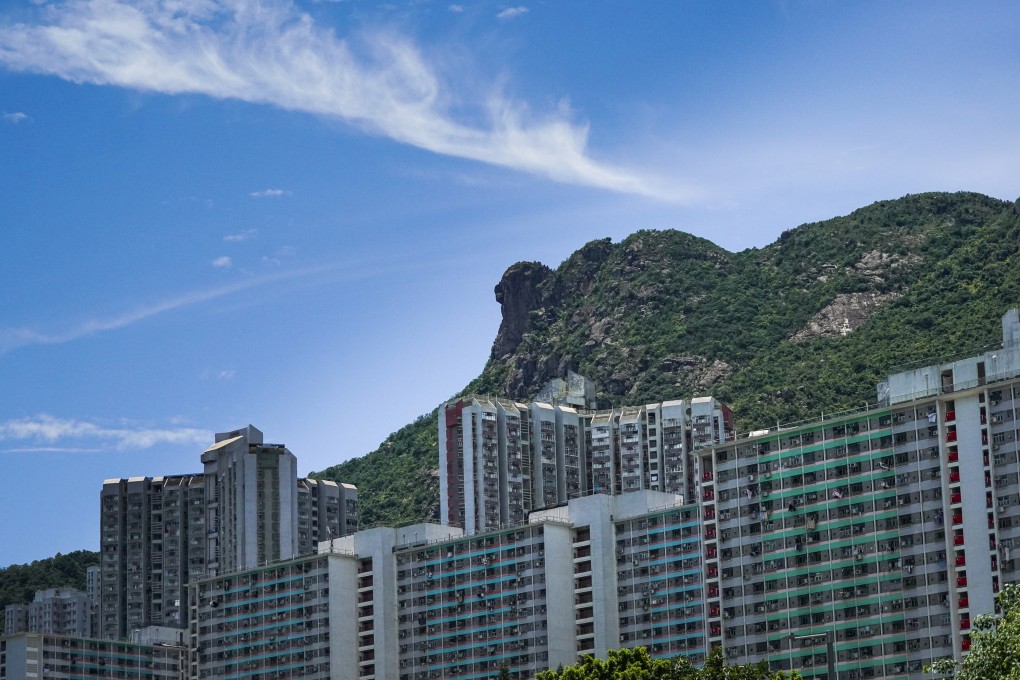Letters | Improve Hong Kong home ownership rates the right way, not through subsidies
- Readers discuss how to improve home ownership, accessibility at museums, bullying in China, and reproductive rights in the US.

Hong Kong covers a small area but is wealthy, and most of that wealth is tied in property. If home ownership is going to become affordable to around 80 per cent of the population, then much of Hong Kong’s wealth would need to evaporate.
That evaporation would put many homeowners into negative equity and banks would need to recall business loans with property as collateral. Hong Kong would be put into an economic tailspin.
Tung Chee-hwa tried to reduce the cost of housing with an ambitious building programme, but with many owners put into negative equity, he eventually resigned. His successor Donald Tsang Yam-kuen had to urgently reverse the situation by almost closing the land supply tap and offering Hong Kong identity cards to mainlanders investing in property.
